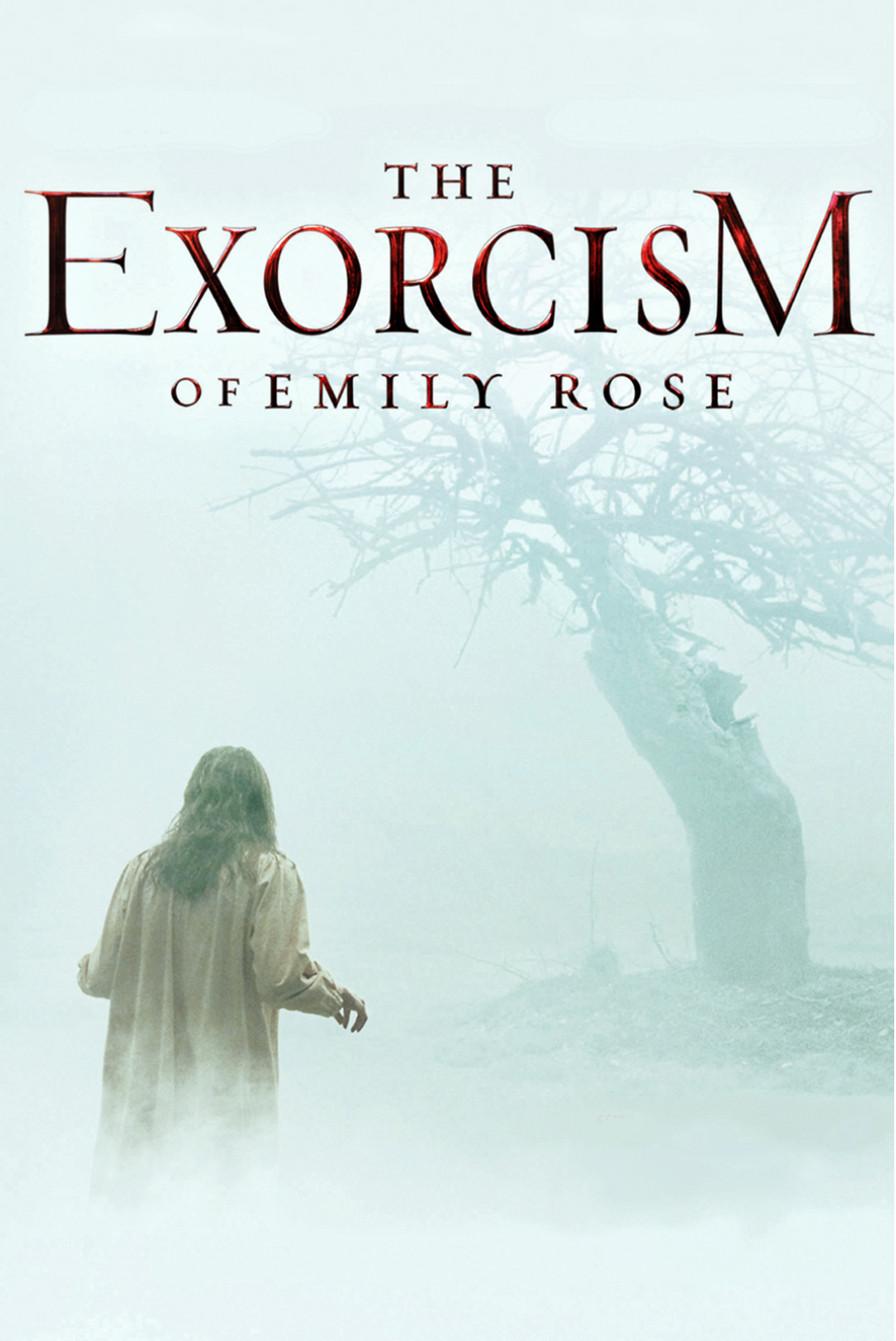|
The Exorcist by William Peter Blatty is truly a classic of the genre. Published in 1971, Blatty was inspired to write the book after hearing about a case of possession and exorcism that occurred in 1949 involving a teenaged boy in Maryland. Our instructor paired this book with the 2005 movie The Exorcism of Emily Rose, a modern tale of a college-aged American woman, which is based on the true story of Anneliese Michel in early 1970s Germany. (There have also been two other films made about Michel’s ordeal.)
Interesting parallels and differences can be drawn between these two narratives. Both involve young women, though Blatty’s possessed character, Regan MacNeil, was much younger, about eleven years old. In Rose, the possessed woman has just begun college, so we can assume she was eighteen or nineteen. Both seem to be unlikely candidates for faking possession—Regan simply based on age and Emily because she is a devout Christian. In Exorcist, psychological illness was ruled out. In Rose, Emily's mental condition was a mystery throughout. These two stories take different approaches. Exorcist is told in a linear fashion from the points of view primarily of her mother and the Catholic priest, Father Damien Karras, who becomes intimately involved with the case. Rose is more of a courtroom drama which goes back and forth in time to depict events from the point of view of whomever is speaking. For example, if a witness for the prosecution is relating their version of what happened, Emily is shown having epileptic fits and psychotic breaks, but when the Catholic priest Father Richard Moore delivers his explanations, Emily is portrayed as being truly demonically possessed. This introduces another element of uncertainty in the courtroom as well as in the viewer of the film. For me, the most fascinating parallel between the two stories lies in the willingness of both priests to sacrifice their lives—in the case of Father Karras, potentially even his afterlife—in their service. In The Exorcist, we are denied the opportunity to see Karras’s internal reaction to having the demon leave the child and enter his own body subsequent to him taunting the demon. This, I believe, is a flaw in this otherwise compelling narrative. Once the demon enters his body, we know that Karras leaps from the window to kill himself and block the demon from invading another human body. What the book fails to explain is that the Catholic religion teaches that suicide is a sin, and that Karras would be dooming himself to eternal damnation in that moment--quite a sacrifice to make. Throughout the novel Karras was tortured by his loss of faith, and therefore found it difficult to believe that Regan was actually possessed—so in the moment the demon possessed him he, at the very least, had to finally be certain of the existence of demons, which makes his sacrifice all the more poignant. The priest in Rose is equally willing to sacrifice, at least his life on this Earthly plane. Father Moore shows no signs of questioning his faith, or of doubting Rose’s possession. But the man is willing to risk spending the rest of his life in prison so that he may publicly tell Emily Rose’s story in order that her sacrifice would not be in vain. This is why he refuses plea bargains and insists on testifying in the courtroom, including reading aloud a letter Emily left for him. In this letter, Emily explains that she had a vision of speaking with the Virgin Marry who told her that she could be freed from her torment and ascend to heaven, or she could continue on, suffer greatly, but also serve as a reminder to humanity of the existence of the supernatural realm. Emily chose to see her ordeal through to the end. In both stories someone that is possessed dies, making a sacrifice for the greater good. In The Exorcist we assume that Father Karras’s death will protect others at the risk of damning his own soul. In Rose, Emily’s sacrifice is made to convince others of the existence of God in order to save their souls. In Exorcist, Blatty develops quite a few characters: the mother, Father Karras, even the male housekeeper. However, Blatty gives us very little characterization of Regan, the possessed. In a similar fashion most of the characterization in Rose is very shallow. The defense attorney probably gets the most screen time and yet even she is little more than a stock character. Both stories seek to shock us. Blatty has his little girl uttering obscenities and becoming freakishly strong and violent. Rose is more interested in chilling our blood with jump scares, animalistic screaming, horrific contortions of the young woman’s body, and animal attacks. Rose has a little bit more of the elements of more cheesy slasher horror. Both modes of storytelling are effective at what they set out to do. For me, though, I found the novel to be more compelling. I was particularly drawn to Father Karras's internal struggle. There is a reason that this novel's a classic that even young people today have heard of. Note: I haven’t seen the iconic movie version of The Exorcist (the screenplay was also written by Blatty) but the book is superbly written and the audio book (published in 2011)—whoa, Nellie!—the reading of the text is performed by the author and the man was (Blatty passed in 2017 at age 89) extremely gifted. If I hadn’t caught the first few seconds of the intro to the book, I would have assumed that the narrator was a consummate voice actor. It is a stunning performance including distinct vocal modalities for each character and a huge range of emotions.
1 Comment
|
Jennifer Foehner WellsI'm an author of the space-opera variety. Archives
April 2022
Categories |



